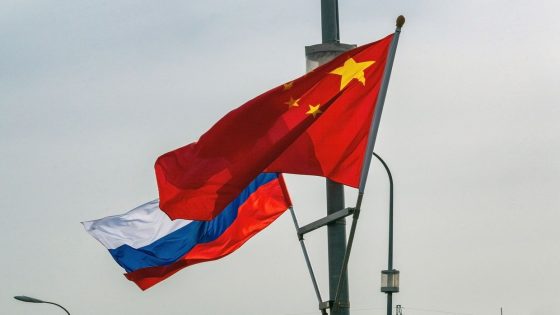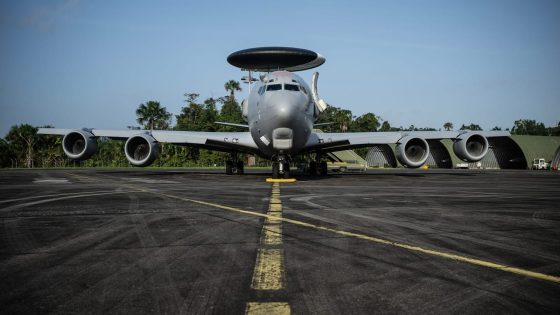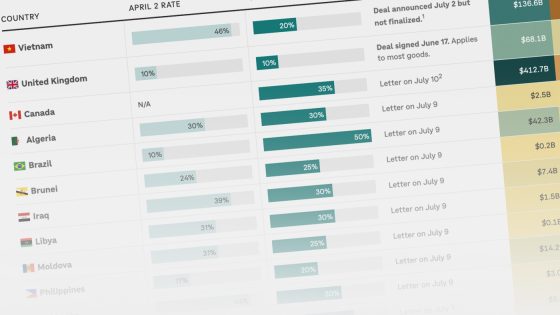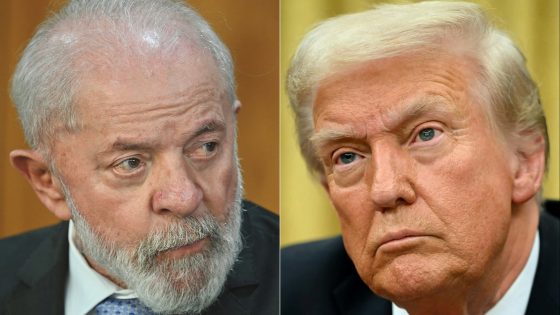The Russian and Chinese navies are currently engaged in joint military exercises in the Sea of Japan, highlighting the evolving dynamics of global military alliances. These drills, part of the “Maritime Interaction-2025” exercise, commenced on August 3, 2025, just days after U.S. President Donald Trump announced the deployment of two nuclear submarines in response to escalating tensions with Russia.
- Russia and China conduct joint military drills.
- Exercises named "Maritime Interaction-2025."
- U.S. submarines deployed amid rising tensions.
- China supports Russia with oil and equipment.
- Trump's remarks respond to Medvedev's threats.
- India accused of financing Russia's war.
Russian officials assert that these maneuvers were planned prior to Trump’s remarks, which labeled former Russian President Dmitry Medvedev’s nuclear threats as “foolish and inflammatory.” The exercises include a range of operations, from artillery fire to anti-submarine warfare, involving a significant contingent of warships from both nations.
This collaboration raises questions about the future of international relations. As Russia and China deepen their strategic partnership, what implications does this have for global security? Consider the following points:
- Increased military coordination between Russia and China may shift the balance of power.
- The U.S. response indicates a growing concern over nuclear threats.
- India‘s role in supporting Russia through oil imports complicates its geopolitical stance.
As the world watches these maneuvers unfold, it is crucial to consider the broader implications for international stability and the potential for diplomatic resolutions to current conflicts.

































